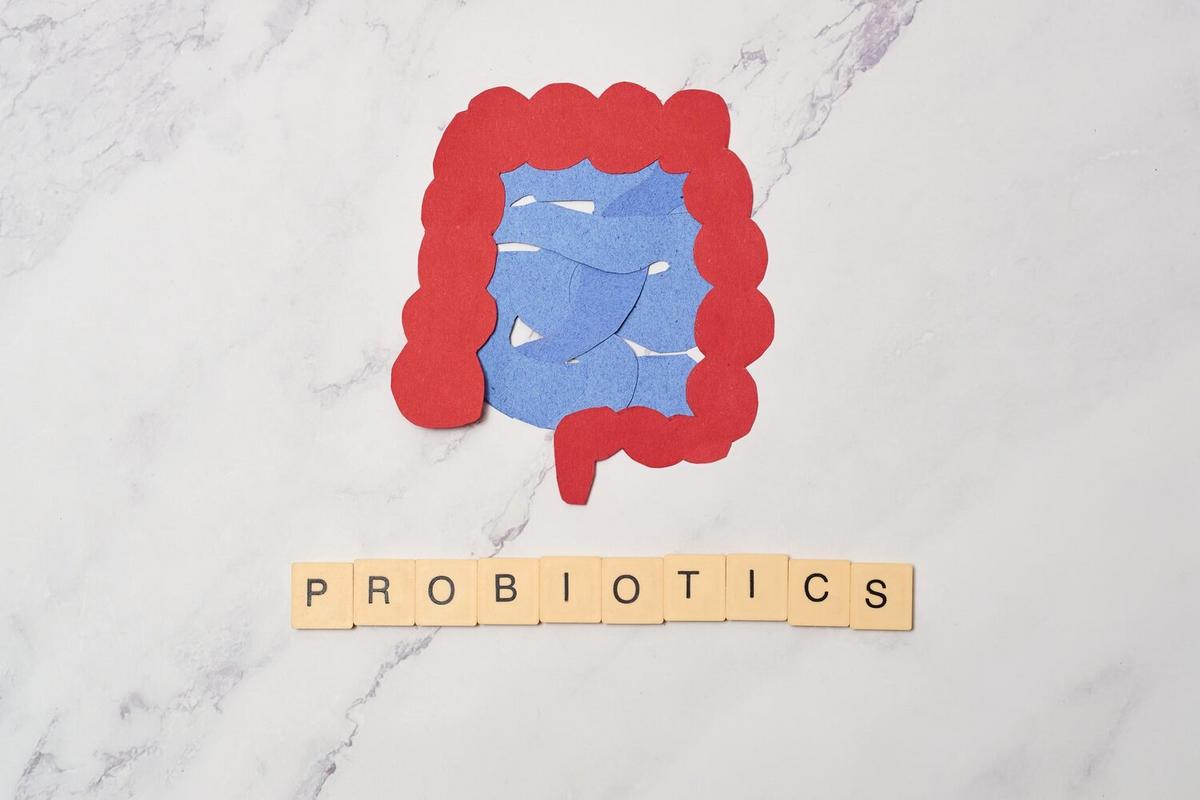
How to Incorporate Superfoods into Your Daily Meals
Superfoods have become a buzzword in nutrition, celebrated for their dense nutrient profiles and health benefits. But incorporating these powerhouse foods into everyday meals can be a daunting task for many. This guide will provide practical strategies to effortlessly include superfoods into your diet, enhancing your nutritional intake without overhauling your lifestyle.
Superfoods are foods rich in compounds such as antioxidants, fiber, or fatty acids that are considered beneficial for health. According to dietary experts, integrating superfoods into your daily diet can help improve well-being and reduce the risk of chronic diseases. In a study published in the Journal of Nutrition, regular consumption of superfoods like berries and leafy greens was linked to a decrease in heart disease and diabetes risk.
Understanding Superfoods
Superfoods are not a separate food group but rather regular foods with high nutritional density. Common examples include kale, blueberries, salmon, and quinoa. Each of these foods offers a unique set of nutrients and benefits. For instance, blueberries are rich in antioxidants, which help protect the body from oxidative stress.
Incorporating Superfoods into Meals
Incorporating superfoods into your meals doesn’t have to be complicated. Here are some practical tips:
- Start Small: Begin by adding a handful of spinach to your smoothie or a sprinkle of chia seeds to your yogurt.
- Mix and Match: Combine different superfoods to create nutrient-packed meals. For example, a quinoa salad with kale, avocado, and nuts.
- Swap Ingredients: Use superfoods as substitutes for less nutritious ingredients. Replace white rice with quinoa or use Greek yogurt instead of sour cream.
Superfoods Table
| Superfood | Benefits | Usage |
|---|---|---|
| Spinach | Rich in iron and vitamins | Salads, smoothies |
| Blueberries | High in antioxidants | Snacks, desserts |
| Quinoa | High in protein | Rice substitute, salads |
| Chia Seeds | High in omega-3s | Yogurt, smoothies |
| Salmon | Rich in omega-3 fatty acids | Main dishes |
| Kale | High in vitamins A, C, and K | Salads, chips |
| Avocado | High in healthy fats | Sandwiches, salads |
| Almonds | High in vitamin E and magnesium | Snacks, baking |
Personal Experience
Transitioning to a diet rich in superfoods transformed my energy levels and overall health. By experimenting with different recipes, I discovered that adding just a few superfoods to my meals could make a significant difference without extra effort. My morning smoothies now include kale and flaxseeds, while my evening meals are often topped with avocado slices and a sprinkle of chia seeds.
FAQs
What are superfoods?
Superfoods are nutrient-rich foods considered to be especially beneficial for health and well-being.
How can I start incorporating superfoods?
Start by adding small amounts to meals. Consider adding spinach to smoothies or using quinoa instead of rice.
Conclusion
Incorporating superfoods into your daily meals can be both simple and rewarding. By making small changes and experimenting with recipes, you can enhance your diet and enjoy the health benefits these nutrient-dense foods offer. Whether you’re adding chia seeds to your breakfast or snacking on almonds, each step towards including superfoods is a step towards a healthier lifestyle. For further reading on superfoods, consider visiting reputable nutrition websites and health blogs.


